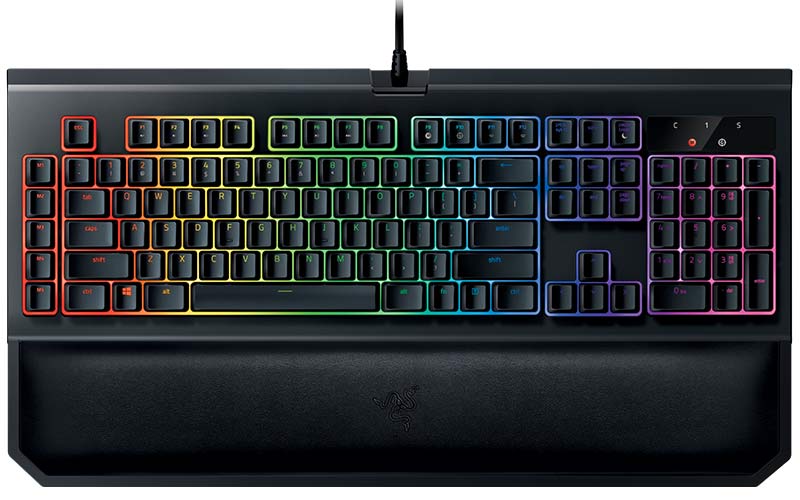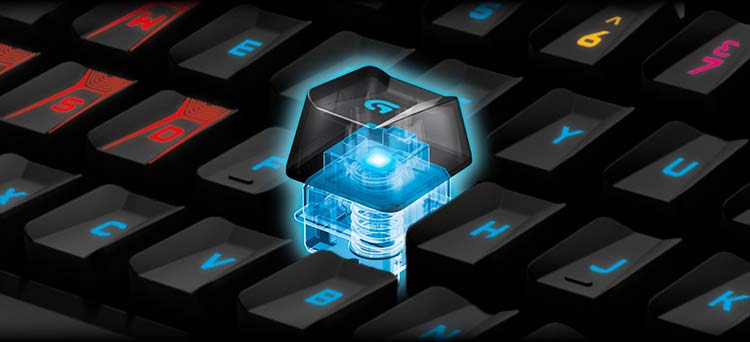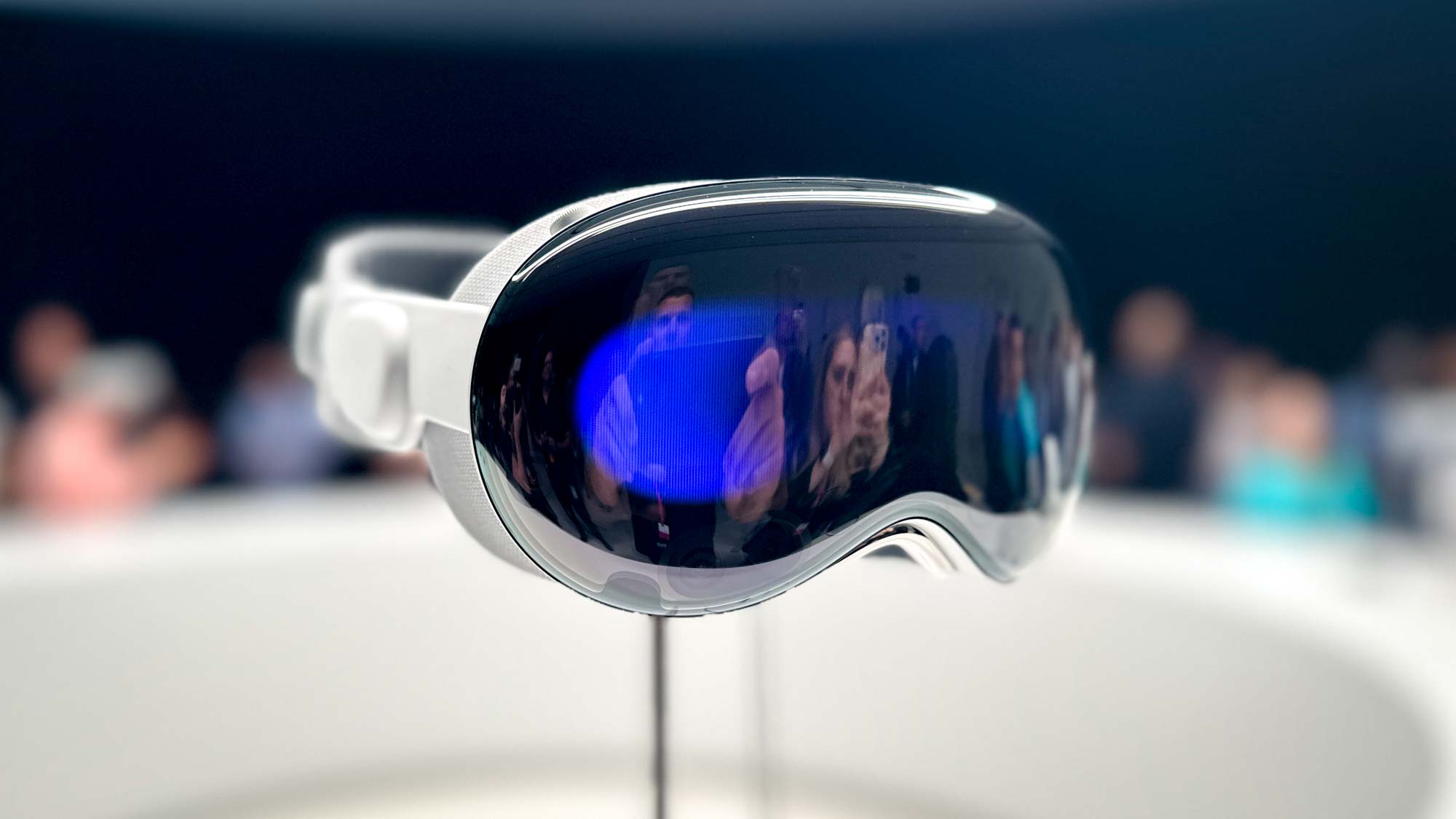A guide to mechanical keyboard switches
Mechanical keyboard switches can elevate your gaming experience.

A few years ago, a "gaming keyboard" consisted of a regular old membrane keyboard with a few fancy lights slapped on it for good measure. Now, mechanical keyboards are all the rage. Gamers have come to appreciate the responsiveness, durability and versatility that only mechanical switches can offer.
Still, having more options on the market also means more potential for confusion. How many different kinds of mechanical switches are there, and what are the differences among them? Which brands should you look at? Consult this handy guide to find out.
Why buy mechanical?
Just in case you're one of the few holdouts who insist that a membrane keyboard is just fine, and you'd rather not spend so much money on your keyboard, take a few minutes to read our guide to mechanical keyboards. The short version: Membrane keyboards work by sending an electrical signal between two plastic membranes.
Mechanical keyboards, on the other hand, work via a discrete switch underneath each key cap, like at typewriter has. This makes the keyboard not only more rugged and less prone to failure, but also more responsive and comfortable. If you're a PC gamer or accomplished typist and you don't own a mechanical keyboard, getting one could change your life in a small but significant way.
How much do mechanical keyboards cost?
If you're not picky about brand names, you could get a mechanical keyboard for as little as $60 — or even less, if you're willing to settle for an older model. If you go with a well-known brand, though, tenkeyless mechanical keyboards start at around $80, full-size keyboards cost around $110, while full-size keyboards with RGB lighting can range up to $180.
Linear vs. Tactile
Two words you'll need to know in order to get the most out of this guide are "linear" and "tactile." Almost every mechanical switch is one or the other, and the difference between the two types is easy to understand. To actuate a linear switch, you must push it all the way down, like a membrane key. To actuate a tactile switch, you usually push it about halfway down; you can continue pressing the key after that, but you can also take your finger off and move to the next key right away.

Some aficionados argue that linear switches are better for gaming, while tactile switches are better for typing. I have no particular feelings on this debate, having successfully used both linear and tactile switches for both purposes.
Get instant access to breaking news, the hottest reviews, great deals and helpful tips.
Cherry MX
Cherry MX switches are the gold standard for mechanical keyboards. If a manufacturer doesn't use authentic Cherry switches, you can bet that the company will do its best to imitate them. There's no single magical quality that makes Cherries so comfortable and responsive — just good, old-fashioned German engineering and versatility.

Cherries come in a variety of colors, but these are the main ones you'll see:
Cherry MX Reds are some of the most widespread switches out there, and for good reason. These linear switches require 45 grams of force to actuate. The light touch makes them a good choice for both gaming and typing. The keys are also very quiet, particularly the MX Red Silent variant, which makes them good for office environments or crowded houses.
Cherry MX Blacks are linear switches that are very similar to Reds, save that they require 60 g of force to actuate. They feel a little more resistant than Reds, and are also available in a Silent variant.
Cherry MX Browns are some of the most popular switches in gaming keyboards. Browns are tactile switches that require 45 g of force to activate. They don't make much sound, and spring back very quickly after actuation.
Cherry MX Blues are "clicky" switches, meaning they make audible clicking noises every time you depress them, like typewriters of old. Some users find the noise gratifying; others find it insufferable. You won't know until you try. Cherry MX Blues require 50 g of actuation force.
Cherry MX Speed or Silver switches are built with gamers in mind. Like Reds, Cherry MX Speeds are linear switches that require 45 g of actuation force. Unlike Reds, though, they travel only 1.2 mm rather than the standard 2 mm. This theoretically lets gamers pound keys faster — helpful in genres like MOBA (League of Legends, Dota 2) and MMO (World of Warcraft, Star Wars: The Old Republic), where skills are constantly refreshing.
There are other types of Cherry keys out there, like the extra-clicky Greens and the resistant Clears, but those varieties are not as common as the ones listed above.
Razer
Ever since 2014, Razer has produced mechanical switches for its keyboards in-house. The resulting switches are responsive, comfortable and arguably more durable than Cherry keys. In my tests, they've always fallen just a bit short of authentic Cherry MX switches, but they're still a far sight better than Razer's old membrane models.

Razer Green switches are the company's answer to clicky, tactile keys like the Cherry MX Blues. Razer Greens actuate at 50 g and make rapid-fire typewriter sounds as you tap.

Razer Orange switches are a quieter alternative to the Greens, with a slightly lower actuation force of 45 g. Orange switches are tactile, but barely make any sound, making them better-suited to office environments or homes with light sleepers.
Razer Yellow switches target FPS gamers primarily. Unlike the Green and Orange switches, Razer Yellows are linear. They require 45 g of actuation force. Razer says the lack of a tactile bump will make Yellows more attractive to gamers who need to hit keys forcefully and frequently.
Logitech Switches

Logitech engineered its proprietary Romer-Gs from scratch to provide key switches that would benefit gamers specifically. (Cherries, as both fans and detractors have pointed out, have always been designed with typing in mind first and foremost.) A tactile, quiet switch that requires 45 g of actuation force, Romer-Gs are similar to Cherry MX Browns, but spring back a little faster.
Newer Logitech keyboards employ either GL or GX switches, which vary in style and feel, depending on what kind you get. GL switches employ thin keycaps, while GX switches are a little more traditional. The names appended to each switch — linear, tactile, clicky and so forth — will help you determine what the keys feel, and sound, like.
Topre

Topre switches aren't too popular this side of the Pacific, but like Spinal Tap, they're really big in Japan. Acting as kind of a midpoint between membrane and mechanical keys, Topres are unusual rubber dome switches that come in interconnected sheets. It's not exactly a membrane design, but not truly mechanical either. Still, Topre keys are quiet and actuate at only 5 g, making them worth considering if you want the lightest touch possible in something a little more durable than a membrane peripheral.
Greetech and Kailh
A lot of second-tier peripheral companies keep costs low by using Greetech or Kailh switches instead of Cherry MXs. Greetech and Kailh are both inexpensive Chinese switch brands. I hesitate to say "cheap," because both brands feel fine; they're just not premium products. Greetech and Kailh switches generally imitate Cherry colors and styles, meaning that a Greetech Red will feel like a Cherry MX Red, a Kailh Brown will feel like a Cherry MX Brown and so forth.

If you have the money, I'd recommend going for a peripheral with authentic Cherry MX switches. However, if that's not an option for whatever reason (Cherry switches are often in short supply, among other things), Greetech and Kailh make passable replacements.
Bottom line
The kind of switches you'll want depends on whether you want a linear or tactile experience, and whether you prefer quiet or noisy keys. Knowing those two factors will reduce your potential keyboard choices from dozens down to just a handful.
If possible, buy a keyboard with Cherry MX switches. The gap between Cherries and competing switches is not as wide as it was even a few years ago, but there's a reason Cherry is still the best-known brand on the market.
Mechanical keyboards are expensive, but unless you insist on having the very latest gadgets, you can often save a few (dozen) bucks by buying a model that's been recently replaced. Since gaming companies tend to refresh their keyboard lineups every two years or so, you can get some pretty good deals on peripherals that have all kinds of switches if you're willing to forego features like RGB lighting and fancy software.
Next: Check out our guide on how to clean a mechanical keyboard.

Marshall Honorof was a senior editor for Tom's Guide, overseeing the site's coverage of gaming hardware and software. He comes from a science writing background, having studied paleomammalogy, biological anthropology, and the history of science and technology. After hours, you can find him practicing taekwondo or doing deep dives on classic sci-fi.
